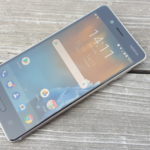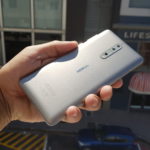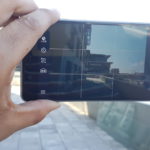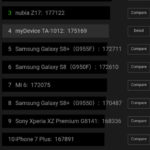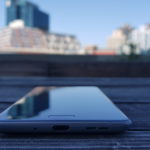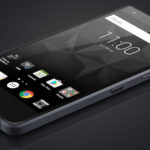MTN South Africa has once again emerged as the country’s top-performing mobile network, securing the highest score in the Q2 2025 MyBroadband Network Quality…
Nokia 8 review: a cheaper flagship (and it shows)
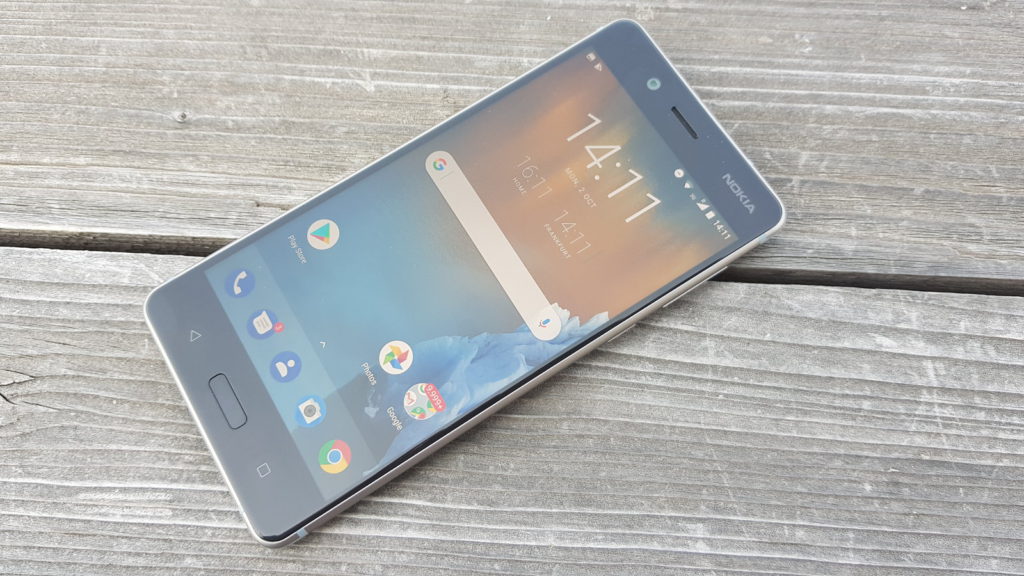
Apple and Samsung aside, has there ever been more hype around a smartphone than HMD’s Nokia 8? The first Nokia-branded flagship since 2014’s Lumia 930, the phone sets out to make a statement of note.
Eye-catching design? Check. Carl Zeiss branding like the phones of yore? Righto. Powerful internals? Indeed. Pure Android? Do you even need to ask?
Let’s start with the aesthetics then. It might be the first flagship under HMD, but the Nokia 8 certainly makes a case for fitting right into the Nokia mould.
It feels like a Nokia
The phone is carved out of a block of aluminium and features tapered edges and a thicker middle. In fact, it brings to mind the polycarbonate-clad HTC 8X Windows Phone, which used the same tapered design.
Look at the front and you’ve got a fingerprint scanner/capacitive home button (flanked by capacitive back and recent apps keys) and the Nokia branding in the top right. No super slim bezels here — quite the opposite, in fact. Flip the phone over and you’re looking at that aluminium back, complete with a slight dual camera bump and a familiar Nokia logo etched into it. Otherwise, HMD has taken its cues from Apple and run antenna strips across the top and bottom of the Nokia 8.
Getting to the usual I/O rundown, we’ve got a USB Type C port and speaker grille at the bottom, SIM/microSD tray on the left, power button/volume key pairing on the right and earphone jack at the top. I’m a little annoyed with the lack of an IR blaster, but it’s a small complaint about an otherwise solid lineup.
In fact, the only area of hardware that truly disappoints is the 2560×1440 LCD screen. After using the Galaxy S8, it’s tough to go back to a relatively dull screen with an always-on display that lights up a dark room. It’s still rather sharp, obviously, and it gets the job done well overall.
Pure Android — for better or worse (mostly for better)
HMD made a huge deal out of the fact that it was loading pure Android onto its smartphones. And there’s little reason to wonder why.
Featuring little to no excess system-level customisations, Google’s own visual style and the promise of regular updates, it’s an approach previously reserved for Nexus, Pixel and Android One phones.
We’re glad to see a pure take on Nokia-branded phones — stock Android options are few and far between in South Africa after all. We also received prompt security updates (a September update in the middle of September? Nice), but time will tell how quickly we get feature updates…
Personally, I don’t really care for the default visual stylings and the Pixel launcher (Google Now on the left, swipe up to open the app drawer), but it’s as lightweight as you can get. And you can always load up one of the many launchers available on the Play Store.
Being stock Android, that means you’ve got a settings menu largely as Google intended, the default quick toggle buttons and a notification menu that hasn’t been changed for the sake of it. Bloatware is kept to a minimum too, with a support app, camera app, glance/always-on screen and a few motion/gesture-driven toggles in the settings menu (turn over to reject calls etc).
The unfettered take on Android translates to a fast experience on paper and, bar the relatively slow fingerprint scanner (it’s no Galaxy S8 even), it’s a brisk phone in practice too. The Snapdragon 835 chip and 4GB of RAM means multitasking, app launching, screen transitions and scrolling are all accomplished smoothly.
For what it’s worth, consecutive Antutu tests reveal scores in the 175 000 range, putting it in the top ten smartphones. Is HMD cheating? I wouldn’t be surprised. But it’s still points to a phone that will handle anything you throw at it. Heck, the Antutu graphics tests showed almost no slowdown whatsoever, an impressive showing.
As for real-world titles, we played Injustice 2, Suicide Squad and NASCAR Heat Mobile. Injustice 2 was a little jumpy but still very playable, Suicide Squad ran at a silky smooth framerate, while NASCAR (usually a test for less powerful hardware) ran without a hitch too.
It’s also worth noting that the Nokia 8 handles the Dolphin emulator (for GameCube and Wii) better than the Galaxy S8. This is mainly due to the Snapdragon 835 silicon having better support for the relevant drivers etc, but mobile emulation enthusiasts (all five of you) will want to look at this phone or the XZ Premium.
Is it the Nokia camera experience of yore?

Nokia 8 Screen On
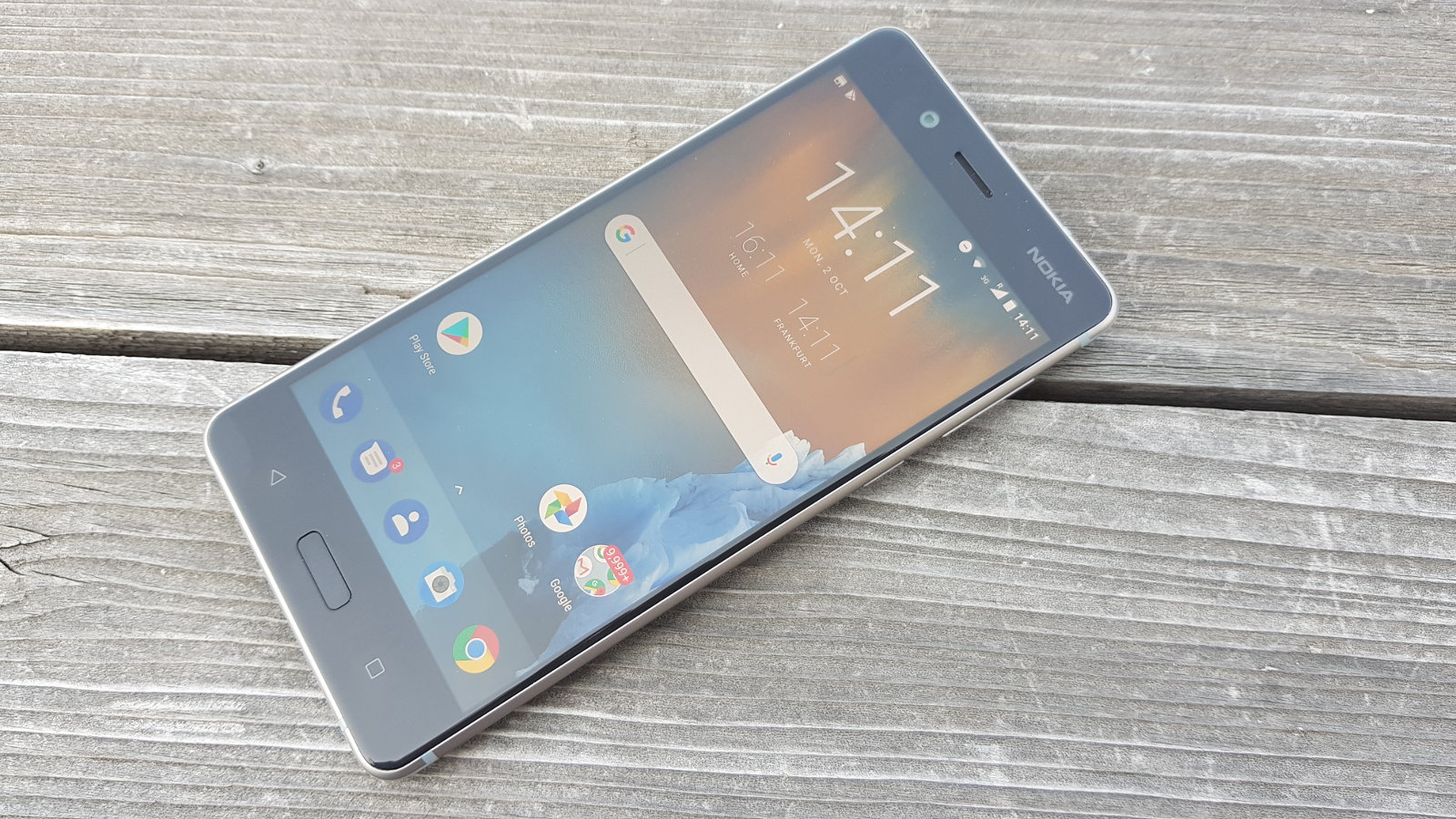
Nokia 8 Back Balcony
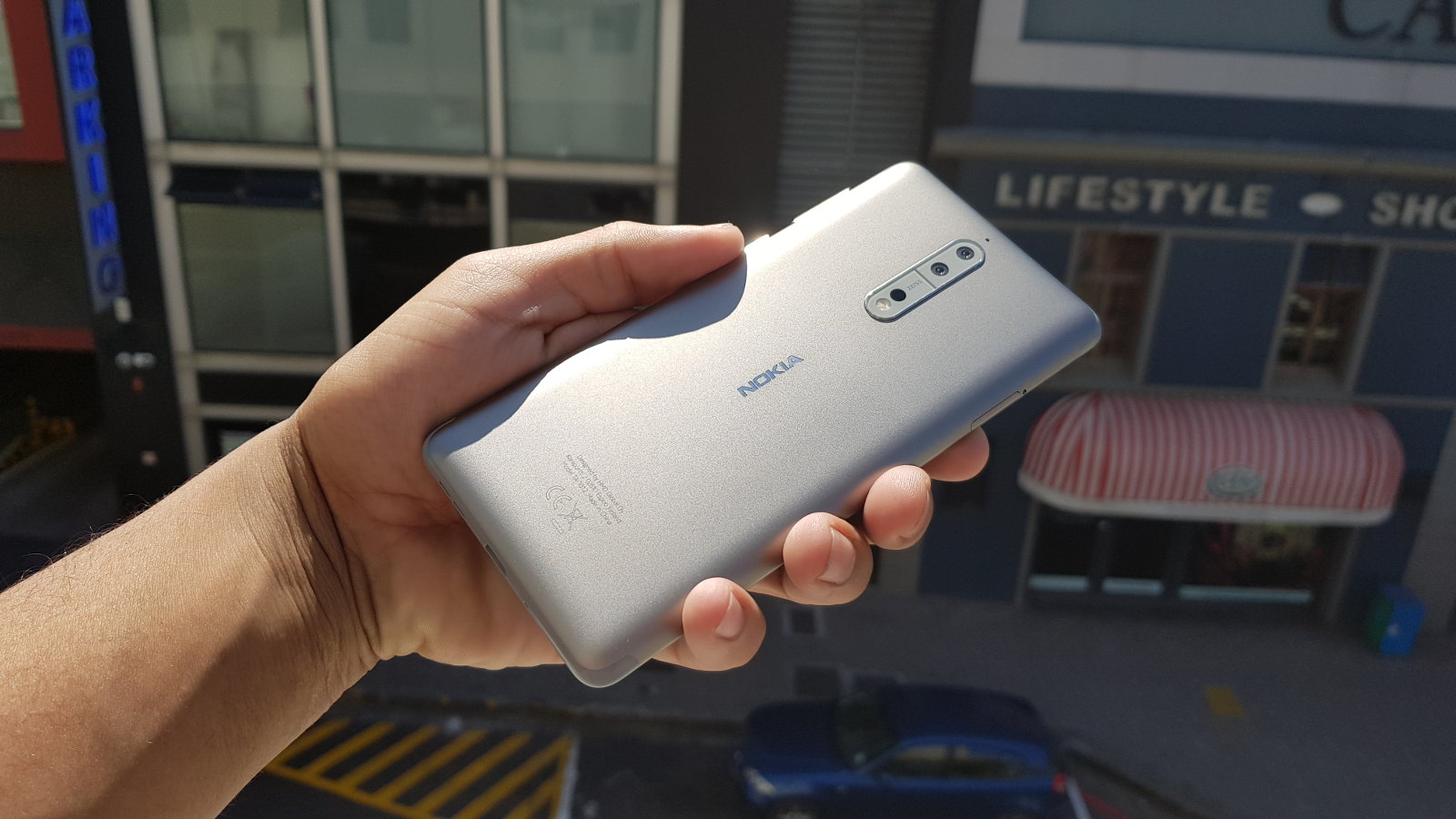
Nokia 8 Camera
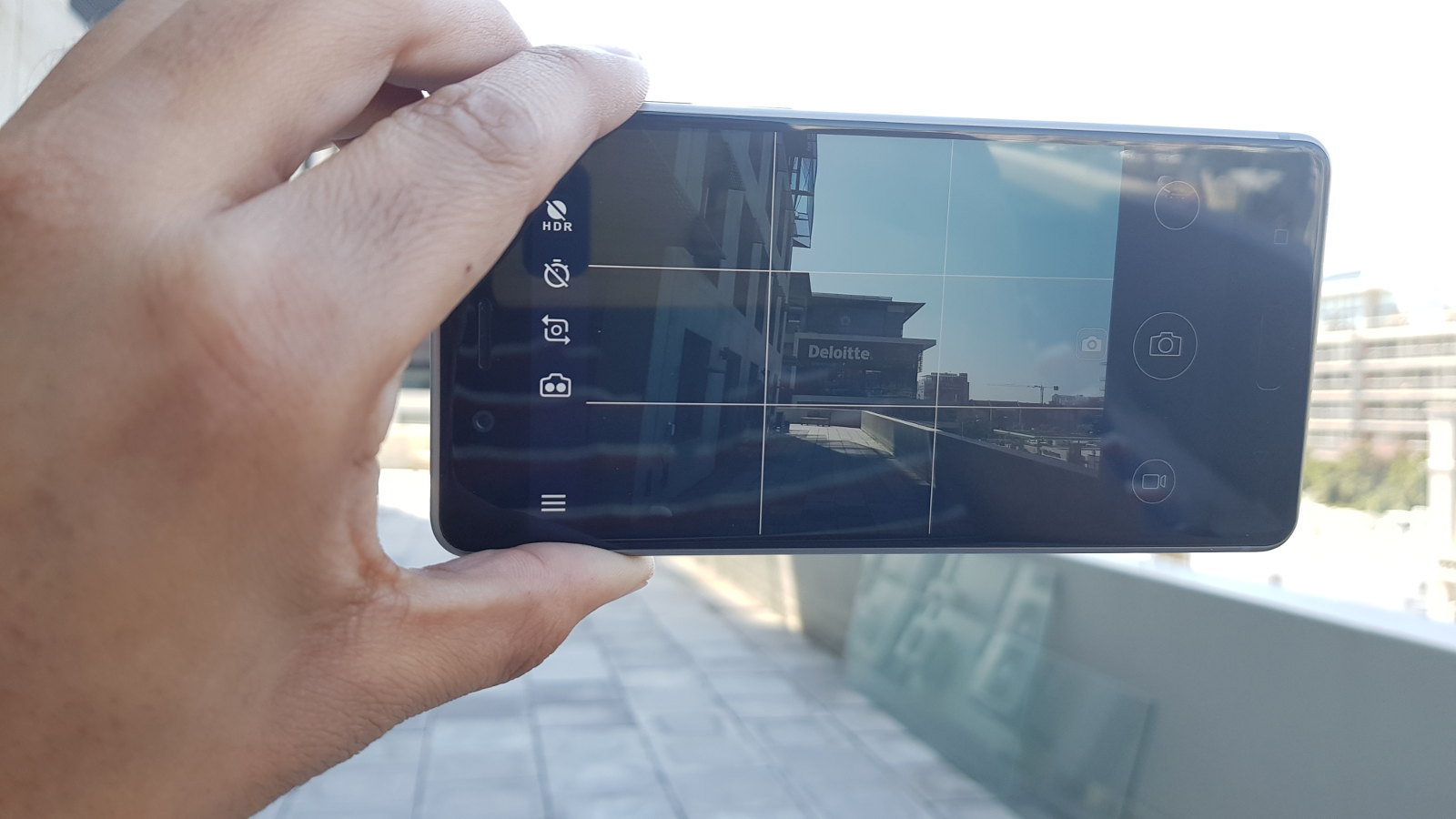
Nokia 8 Antutu
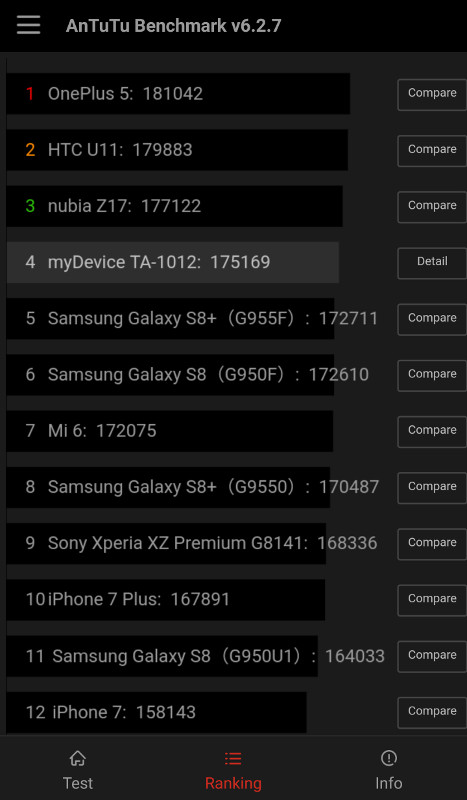
Nokia 8 Bottom
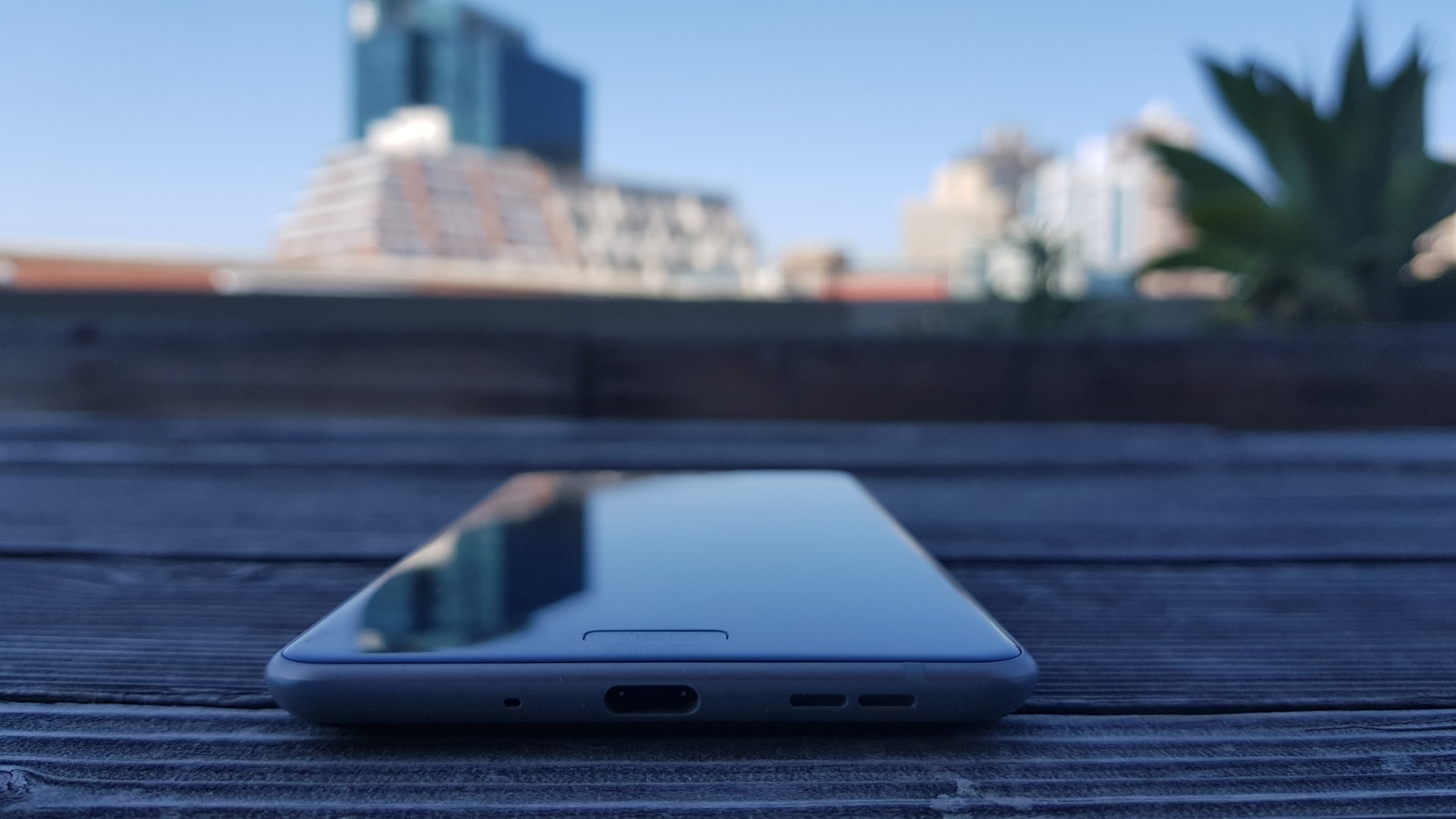
Nokia 8 Sample
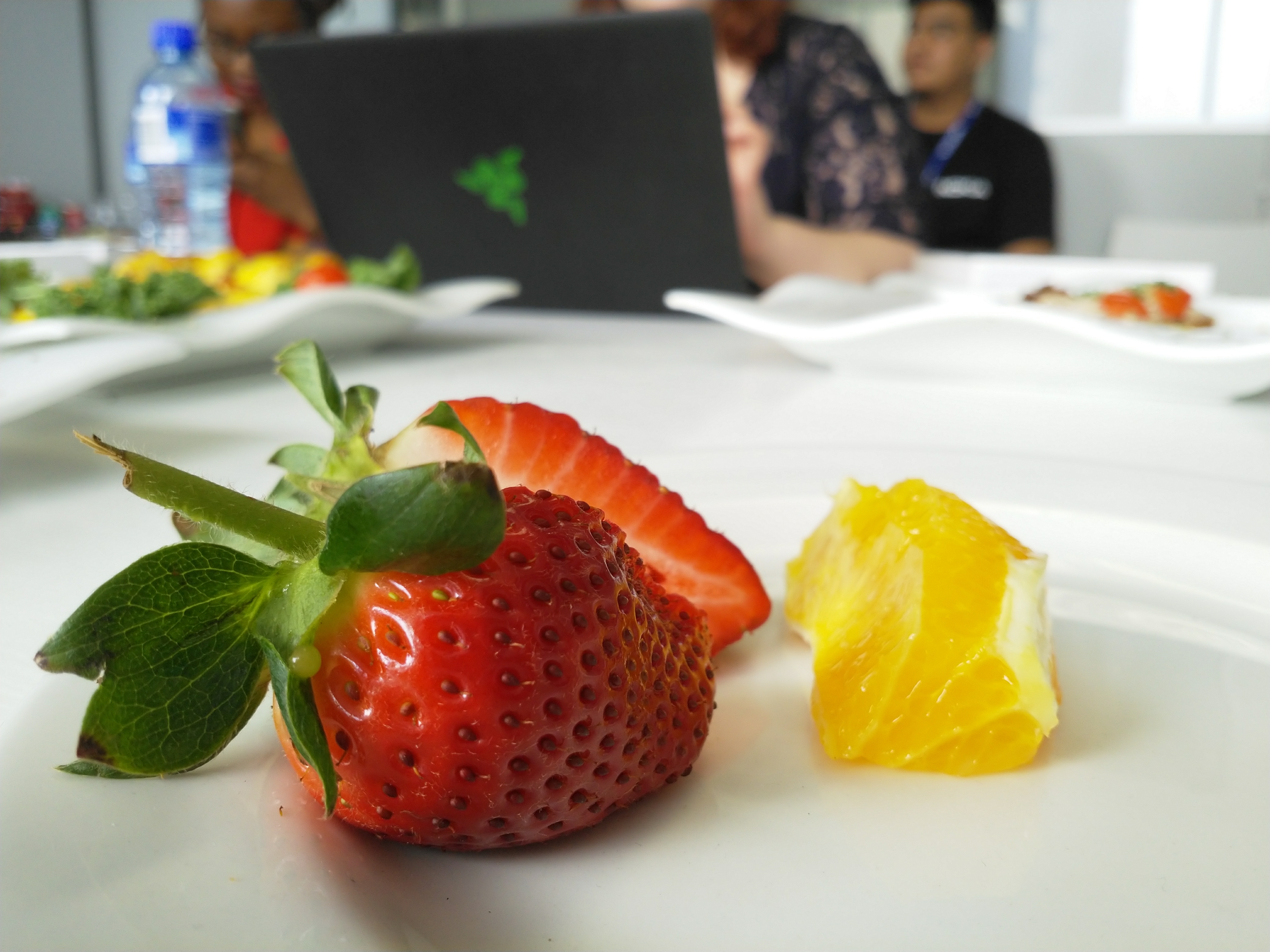
Macro shots are a great fit for the Nokia 8. We've got plenty of detail on the strawberry, although the orange slice is robbed of detail.
Nokia 8 Sample
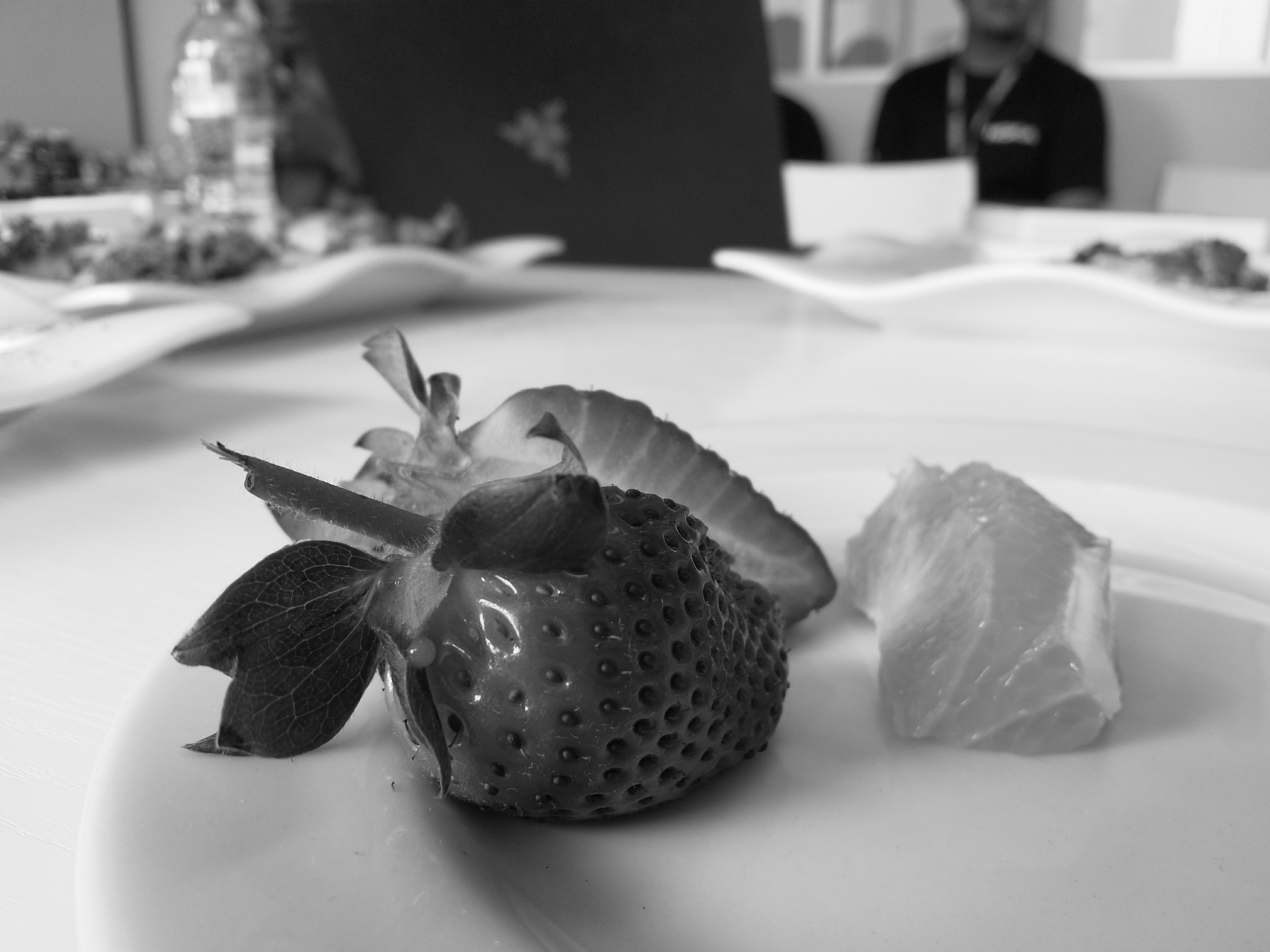
The monochrome shot is pleasant too, maintaining quite a lot of detail and casting the scene in a different light.
Nokia 8 Sample

As long as you've got a candle or something similar on the table, you can take neat shots like this. Otherwise, expect noise all over the place.
Nokia 8 Sample
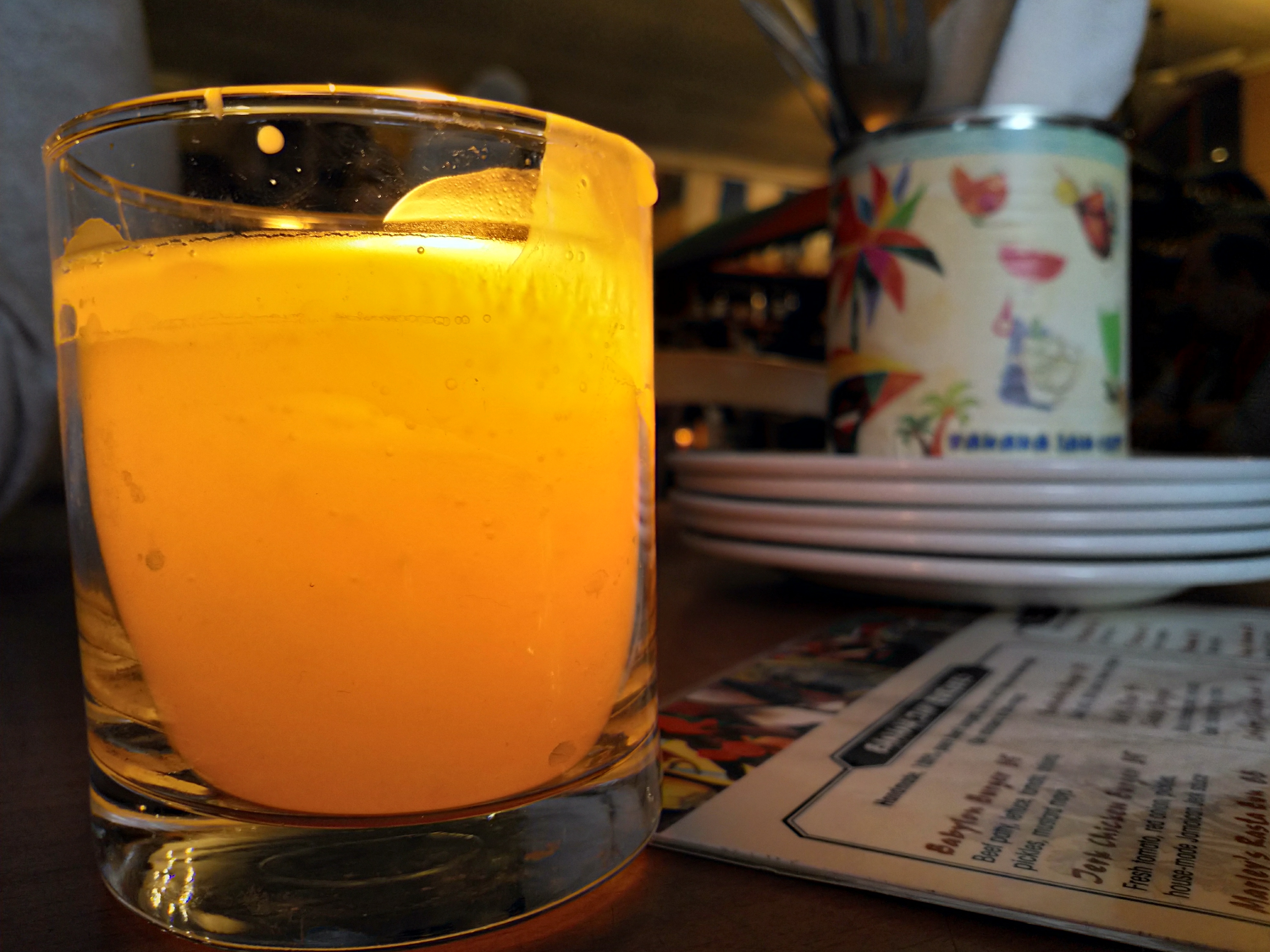
Nearby light source? Check.
Nokia 8 Sample
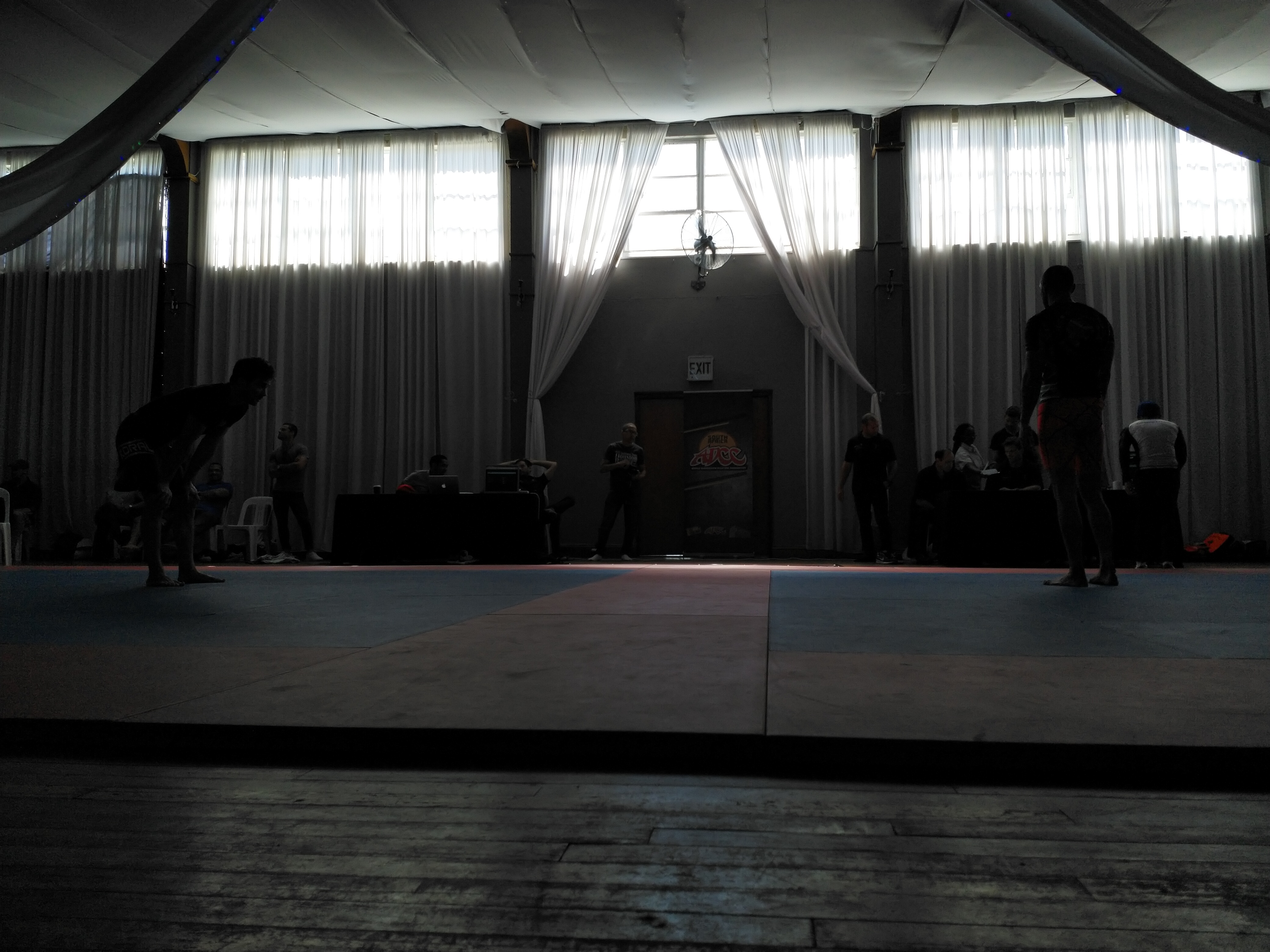
I tried to film this scene and the footage was horrible. Sure, it's like shooting into the sun, in a sense, but the lack of dynamic range is evident here.
Nokia 8 Sample

The phone doesn't really struggle with macro shots, spitting out a good level of detail and sharp edges.
Nokia 8 Sample
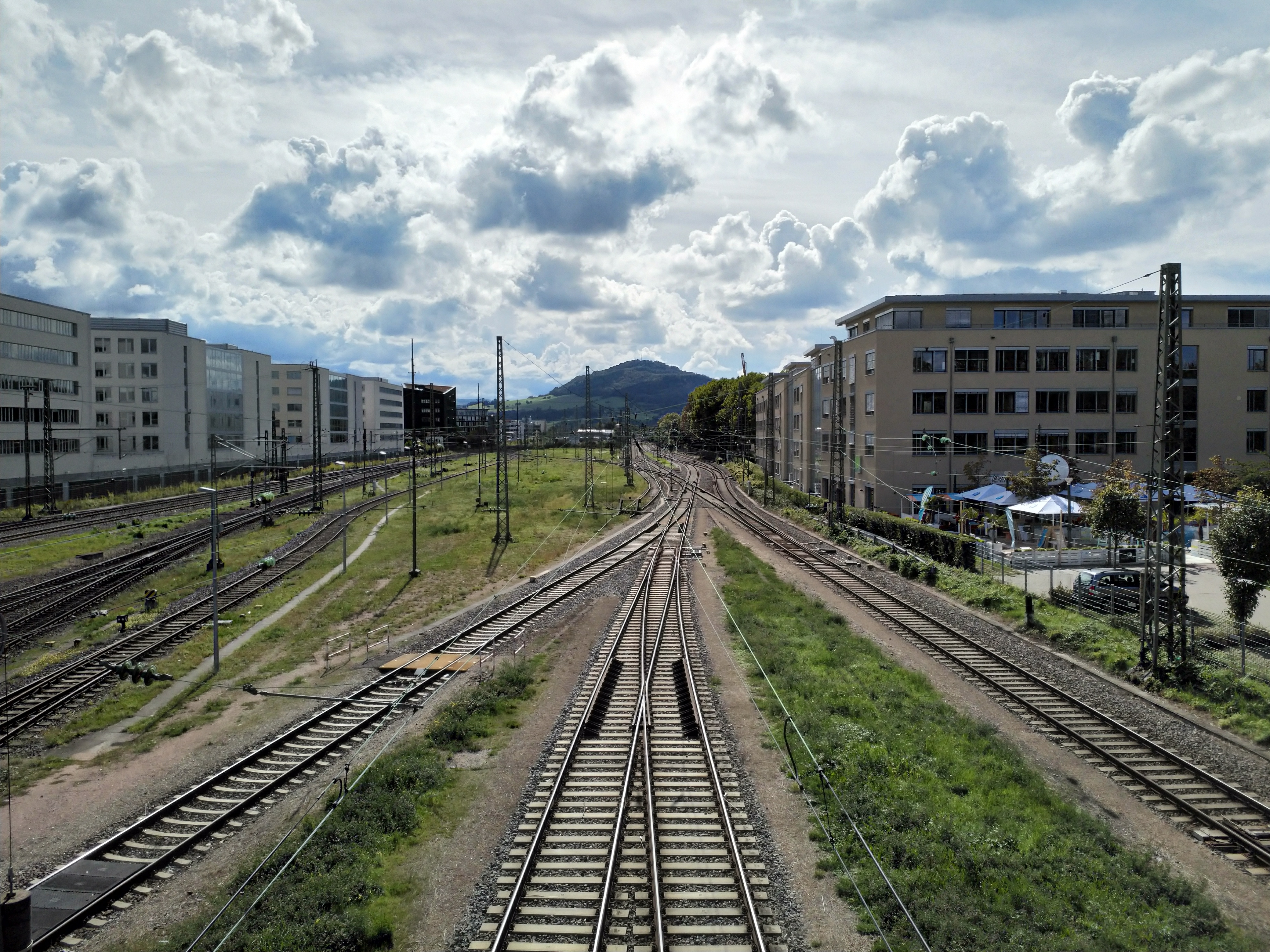
My pet peeve is when phones don't label HDR photos as such, and the Nokia 8 is no different. But this was almost certainly an HDR snap in Heidelberg. One of my favourites, for some reason.
Nokia 8 Sample
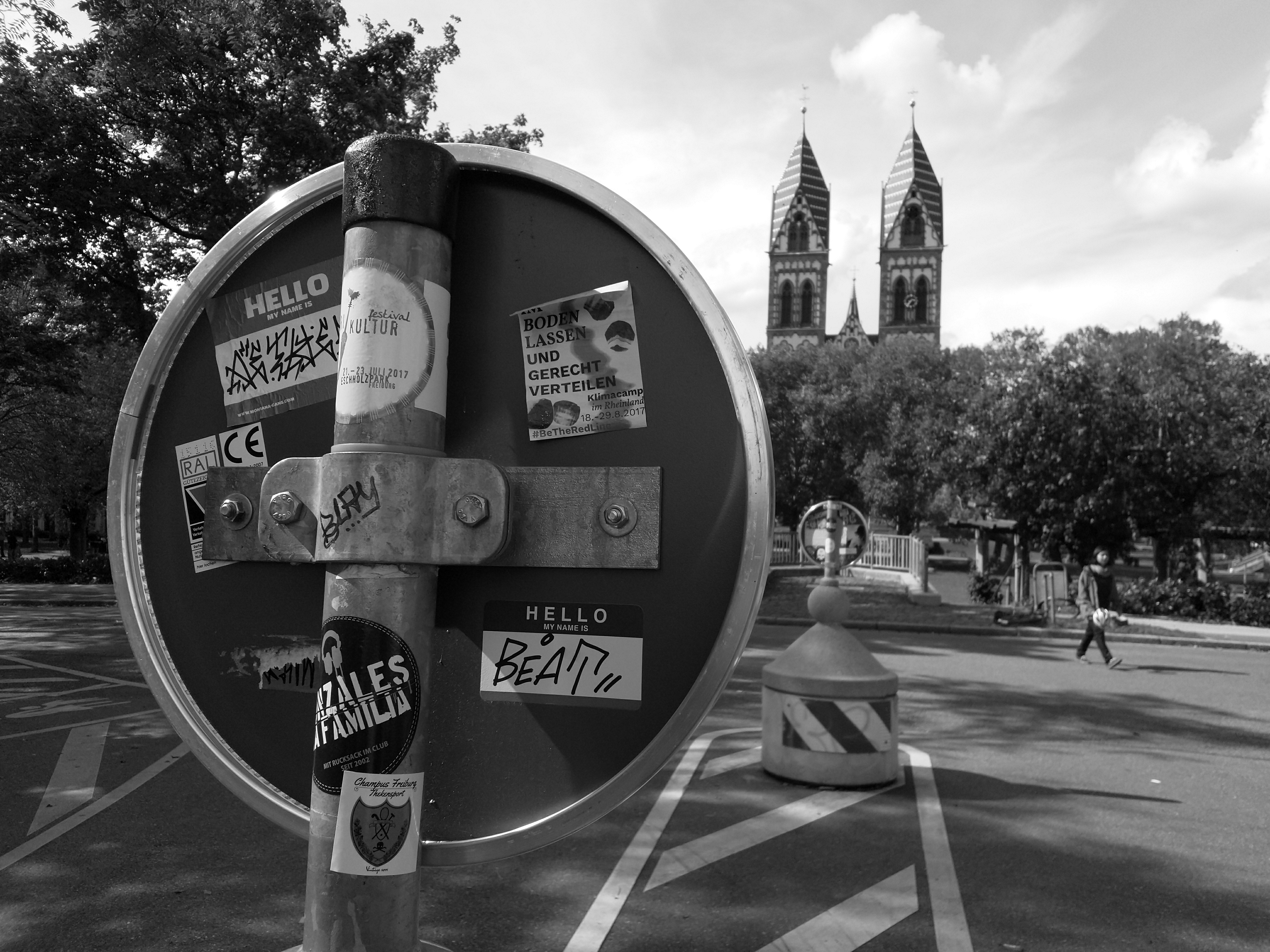
From the creases in the sticker to the etchings on the metal, it's possible to make out plenty of details on the back of the sign.
HMD has slapped a Huawei-inspired camera setup on the back of the phone, in the form of two 13MP f/2.0 main cameras. There’s a traditional colour camera and, of course, a monochrome shooter. The setup means you can either take traditional colour snaps, pure black and white photos or shots with adjustable depth of field.
In a rather weird move, you can choose to take photos with the colour camera only, the monochrome camera only, or both (resulting in a fused image, ala Huawei). The logic behind the latter is that the monochrome camera would deliver better performance in low light situations, while image processing would also reduce noise. But truth be told, I couldn’t tell the difference between a colour shot and the combined product.
In terms of actual quality, the Nokia 8 isn’t going to blow you away. Let’s get one thing straight: the Galaxy S8 and XZ Premium beat it in the photography and feature stakes.
Daytime snaps are mostly sharp, with well-defined lines and solid if not vibrant colours when using the traditional camera. Whether you’re taking skyline snaps, macro shots or anything in between, the colour photos get the job done well. Switch to the monochrome shooter and you get very pleasant black and white shots, replete with detail.
Of course, you’d expect great daytime results from any R4000+ smartphone these days.
Switch to mixed lighting or low light conditions and you’ll quickly find that noise is a big factor. Samsung and Sony’s best generally outdo it in this department, producing less noise and giving you more detail than HMD’s superphone. You’ll find lots of noise and low dynamic range in many low light shots. Although to be fair, the Nokia 8 is still capable of some impressive photos in these situations. Just don’t expect it to hang with Samsung, Google and Apple here — Huawei also looks like a better contender in these situations.
In saying so, the low-light performance wasn’t always in favour of the other phones. I took the Galaxy S8 and Nokia 8 to a dinner recently, taking a photo of the roses on the table. The result was a brighter but far messier image for the Galaxy S8, while the Nokia 8 was darker but was actually usable. Check out the two shots below.
As for video quality, the Nokia 8 is a good hand, delivering little in the way of judder, as well as accurate colours and minimal noise when the light permits. There are a few downsides though, in the form of woeful lighting in certain situations (such as indoors), bringing to mind the P9, and a lack of video recording options.
In fact, the biggest issue I have with the Nokia 8 camera experience is the lack of options overall. The camera app feels like HMD just took the old Google Camera app, gave it a fresh lick of paint and added a couple of incremental features. The Pro mode doesn’t deliver shutter speed adjustments, there’s a very basic bokeh adjustment option, we don’t have a portrait mode and there’s no 60fps video option.
Sure, there’s a “bothie” feature, which captures simultaneous snaps or video from front and back cameras (and you can stream to social media platforms in this fashion). But it feels like a huge gimmick that requires too much coordination in the first place. And if you really want similar functionality, there’s the FrontBack app — although it doesn’t do streaming.
Fortunately, that unofficial Google Camera HDR+ app works really well here, delivering some lovely shots and a few noteworthy features. I get the feeling that HMD should’ve used this app as a foundation instead.
All in all, the Nokia 8 camera experience is good, but it won’t beat the likes of Samsung, Apple and Sony. It’s clear where compromises have been made, then.
Battery life
At 3090mAh, the Nokia 8 is pretty much par for the course for an Android flagship in 2017. It’s not large by any stretch then, but it’s not tiny on paper.
In practice, the flagship isn’t going to impress in day to day usage. It’ll last for a working day if you’re using WhatsApp, checking emails and Google Play Music, but you’ll want to plug it in before you sleep (or when you get to work). In fact, during a recent holiday, I often found the phone’s standby time to be very much on the short side, losing plenty of juice when idle for a day or two.
Meanwhile, Samsung’s Galaxy S8 often outlasted the Nokia 8 for general day-to-day usage. Samsung’s phone would still have 40-50% come home-time (using WhatsApp, checking emails, with auto brightness). And when left on standby, I got the impression that Samsung’s phone had much more juice left.
Key numbers
Dimensions: 73.7mm x 7.9mm x 151.5mm
SIM type: hybrid SIM slot (two nano-SIMs or one nano-SIM and a microSD card)
Display: 5.3-inch, 1440×2560, IPS LCD
Chipset: Qualcomm Snapdragon 835 octacore processor | quad-core 2.5Ghz Kryo & quad-core 1.8Ghz Kryo | Adreno 540 GPU | 4GB RAM
Storage: 64GB expandable storage
Imaging: (Main) 13MP colour camera with OIS, f/2.0 aperture, 1.12 micron pixels, 13MP monochrome camera, f/2.0 aperture, 1.12 micron pixels | (Front) 13MP, f/2.0 aperture, 1.12 micron pixels
Video: 4K at 30fps
Battery: 3090mAh fixed
Cool features: front-mounted fingerprint scanner, 360 degree audio recording, “bothie” functionality, IP54 splash proof
OS: Stock Android 7.1 Nougat
As for video playback? We slapped the usual 1080p/60fps video clip on the Nokia 8, looping it via MX Player with mobile data and WiFi enabled. We also turned the brightness up, both in the app and in the dropdown menu. The result was a phone that gave up the ghost after just over five hours. Disappointing.
So if you’re buying this phone purely for the battery life, don’t do it. It’s not great compared to other flagships, but if you’re charging your phone after work without fail, it’ll do just fine. At least there’s a battery saver option too.
The final word?
I wasn’t expecting miracles from the Nokia 8, given the fact that HMD is essentially starting from over with the Nokia brand. So on the one hand, the fact that we have such a powerful, aesthetically pleasing, stock Android phone for under R10 000 is clear cause for celebration.
On the other hand, it’s clear that HMD and Nokia need to improve the camera experience (both in quality and features) and work on the endurance department. An OLED or LCD screen with HDR capabilities wouldn’t hurt either.
Verdict: Disappointing battery life and a ho-hum camera experience sully what is otherwise a good debut for HMD and a solid return to form for the Nokia brand. Still, a powerful, cheaper flagship with stock Android!
Score: 8 out of 10


